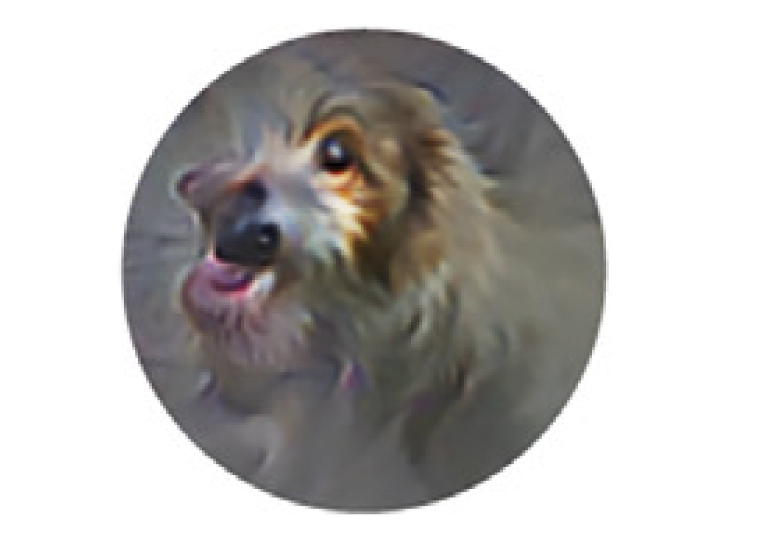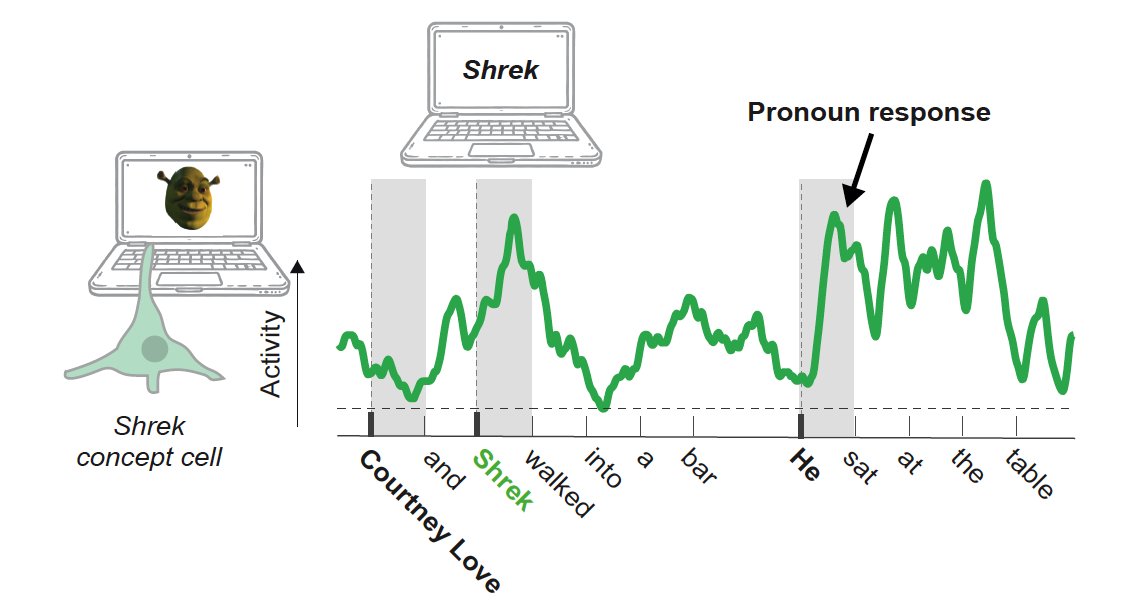
Pieter Roelfsema
@Pieters_Tweet
Followers
2K
Following
199
Statuses
319
Joined March 2016
@DorisDijk @MatthewWSelf I am very happy that the paper about hippocampal responses elicited by pronouns that refer to concepts came out this week!
1
14
51
RT @LintonVision: Pleased to announce our Generative Adversarial Collaboration at @CogCompNeuro #CCN2024 “Is V1 a Cognitive Map?” And we…
0
36
0
RT @Leveltlab: Fantastic work, Koen! Great that you can finally share this last paper of your PhD work. This was a super inspiring HBP-fund…
0
3
0
RT @StanDehaene: So sad to read this. Dan was a giant and a gentleman, a ceaseless source of deep and joyful ideas
0
39
0


